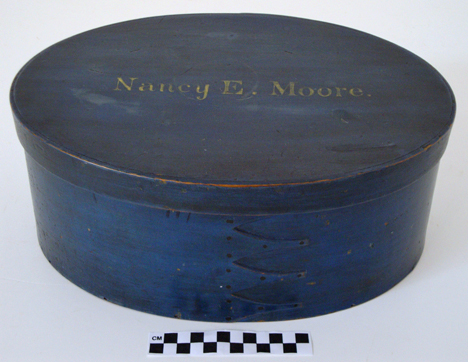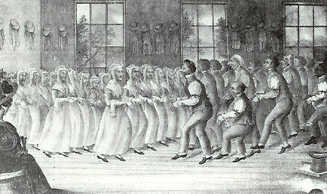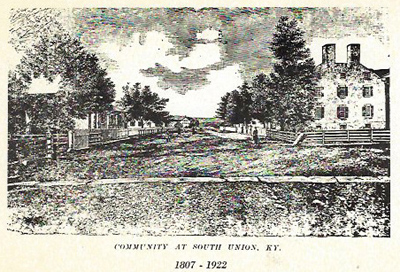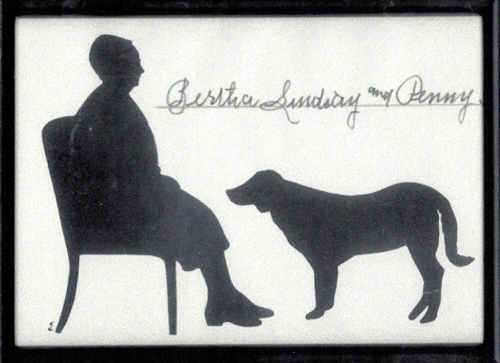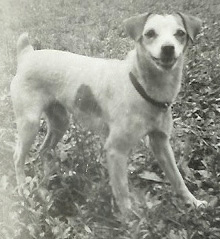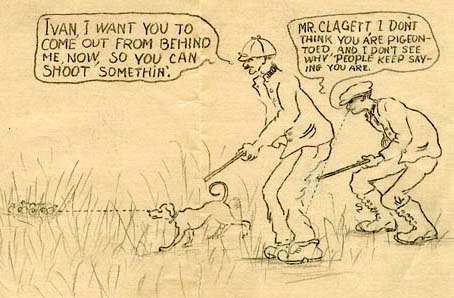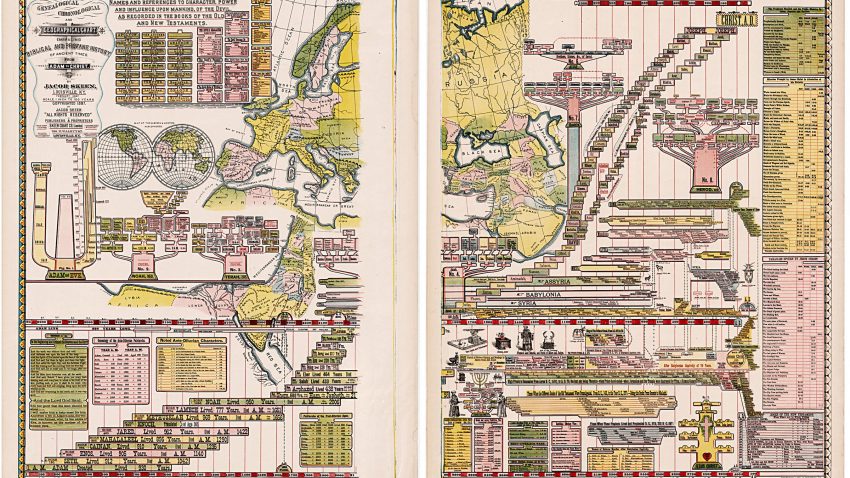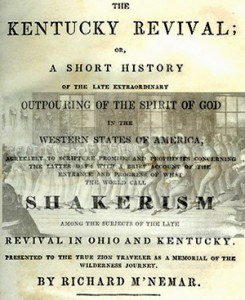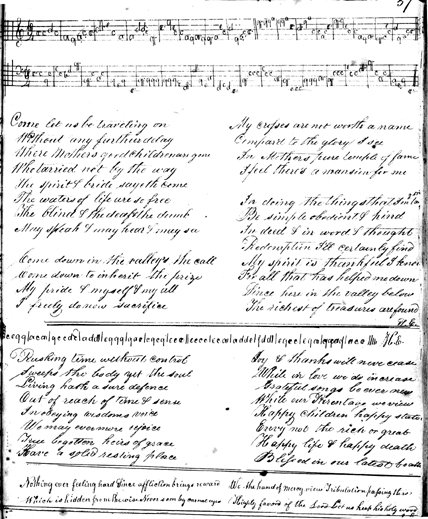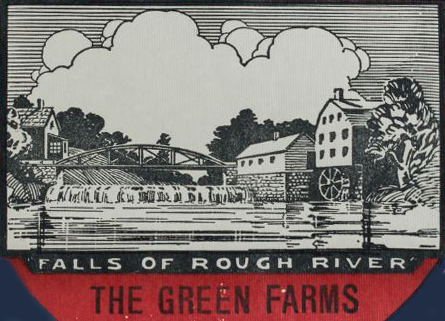
Mike Sisk, a WKU alumni and teacher in the Hardin County Schools, recently donated a collection of family and business letters related to the Green family of Falls of Rough in Breckinridge County. This complemented a collection of fifty-two boxes of Green family material already located in the Manuscripts unit of Library Special Collections. While reading through the material in preparation for cataloging, the manuscripts curator noted that in the late-1880s Lafayette Green received several letters of recommendation related to a milling position at the flour and woolen mill he owned at Falls of Rough. One of those letters was from Willie Green, no relation to Lafayette. In the letter Green recommends Mr. Montford, because he is familiar with the more traditional grinding mills rather than “the new roller process and the consensus is that the mill he is running don’t get a great deal to do—as it is an old fashion one or a mill like yours and his employers cannot afford to pay him a salary sufficient to remain.” At the end of the 18th October 1886 letter, he notes that “Mr. Montford’s address is at South Union, Logan County, Ky.” Indeed, Lafayette Green was not only consulting various experts about upgrades at the mill, he was also aware that the dam needed to be re-engineered.

The manuscripts curator went immediately to Shaker Record D (the daily journal of the Shaker community at South Union) to see if Mr. Montford was mentioned. Indeed Montford and his family were mentioned several times in Record D as Francis Monfort, Sr. (variant spelling). The first Monfort mentioned is John, Francis’s son. The record keeper noted that on Sunday, 1 February 1880: “Boy Received. John Monfort aged 13 years on the 5th of May next. His Father resides at Tunnel Hill Ky. & expects to come himself—This Boy arrived here last Monday the 26th of Jany Ult.” On August 18, Francis came “with his family wife and 3 children…Francis wants to live a Shaker life. His wife is not ready. Therefore we have fixed up the Tan house—now called the halfway house for them to reside in as Francis a miller he will be handy to this work.”
In September we learn that at the age of 50 Francis was admitted to the Shaker community. Again the record keeper notes that Francis “is a Miller & now goes to the Mill.” Although the record never says that his wife Nancy joined the Shakers, she is listed for a number of years in the census records with the other Sisters. In 1885, the family is listed in the West Family census.
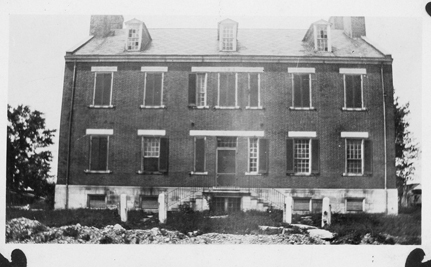
On December 31 Francis and his family left the society; “they go to Auburn for a present home. They consist of 5, F[rancis] & wife [Nancy]. One daughter [Naomi] and three Sons [Francis, Jr., Frederic and John].
The letter to Lafayette Green was dated 18 October 1886, and the family was obviously in dire straits as Record D indicates they returned to South Union in the summer of 1887 and united with the Centre family. The journalist didn’t record the specific date of their return, but he mentioned on 15 July 1887 that the temperature was 100 degrees and the “Demise [of] Francis Monfort,…at 4 A.M. this morning. Not of us tho he intended [to] be. Aged 56 years.” On 5 August 1889 Nancy and Naomi Montfort “left with privileges of returning if desired.” Apparently the boys had already left and Nancy and her daughter must have never “desired” enough to return. The Montfort family is not mentioned again in Shaker Record D. It was fascinating to see how these items from different collections dovetailed.


